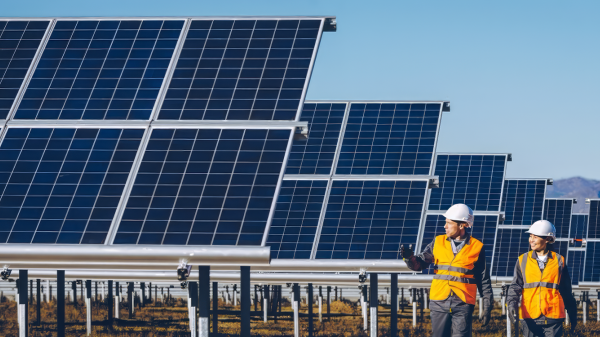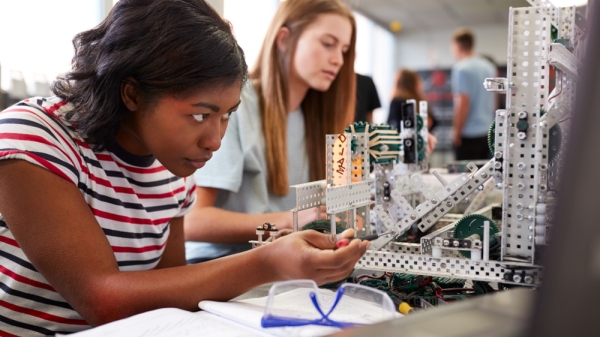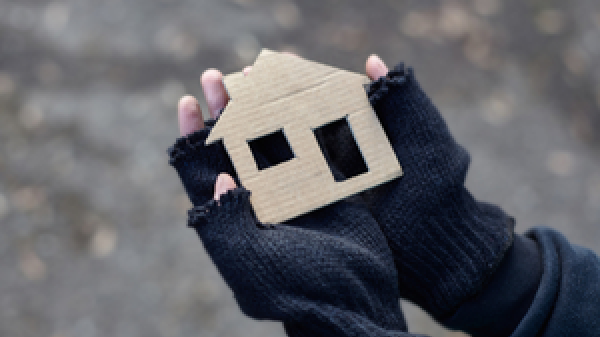Resilience Projects
Bringing together the university and community for transformative research
Explore the unique projects of our community of practice - passionate individuals from the university and community that come together to develop knowledge to strengthen community resilience. Learn about heat-resilience strategies beyond handing out water; explore the potential for more natural play spaces; discover how data visualization improves mobile food pantry outreach; find resources to grow your own food - and many more!
































































